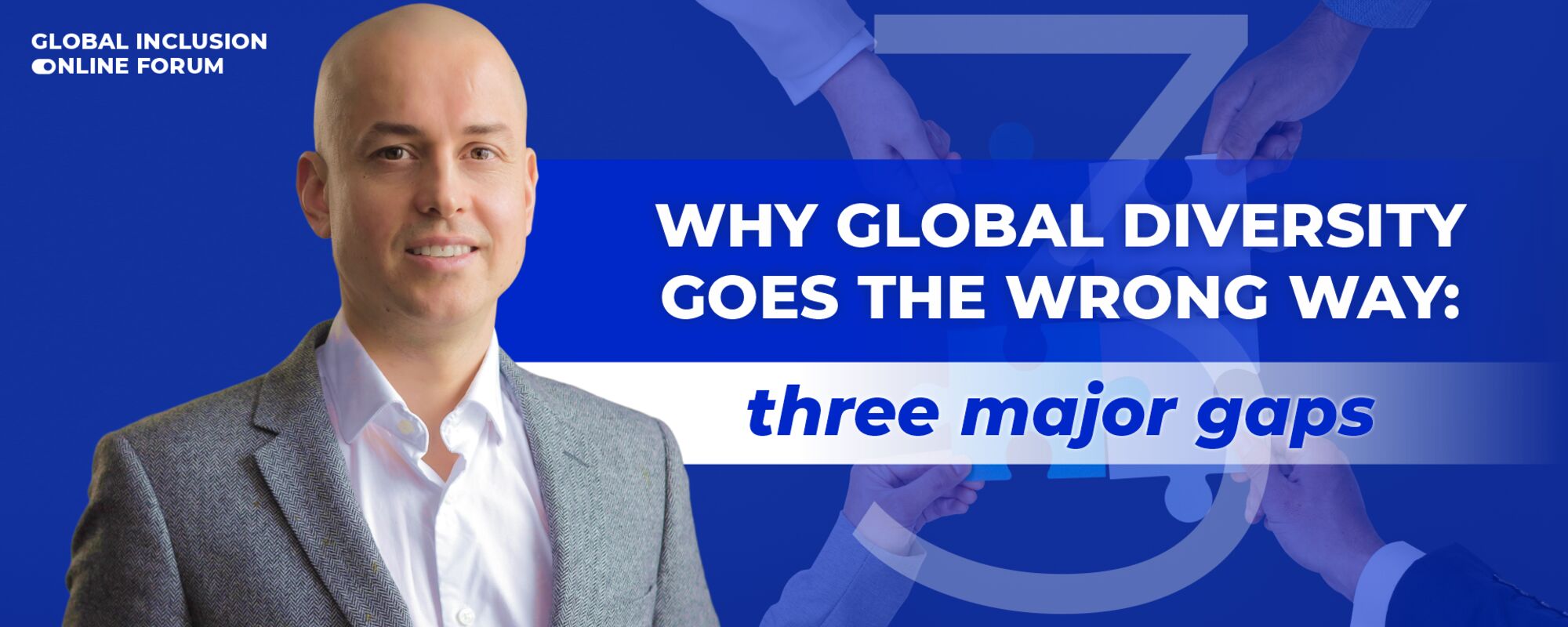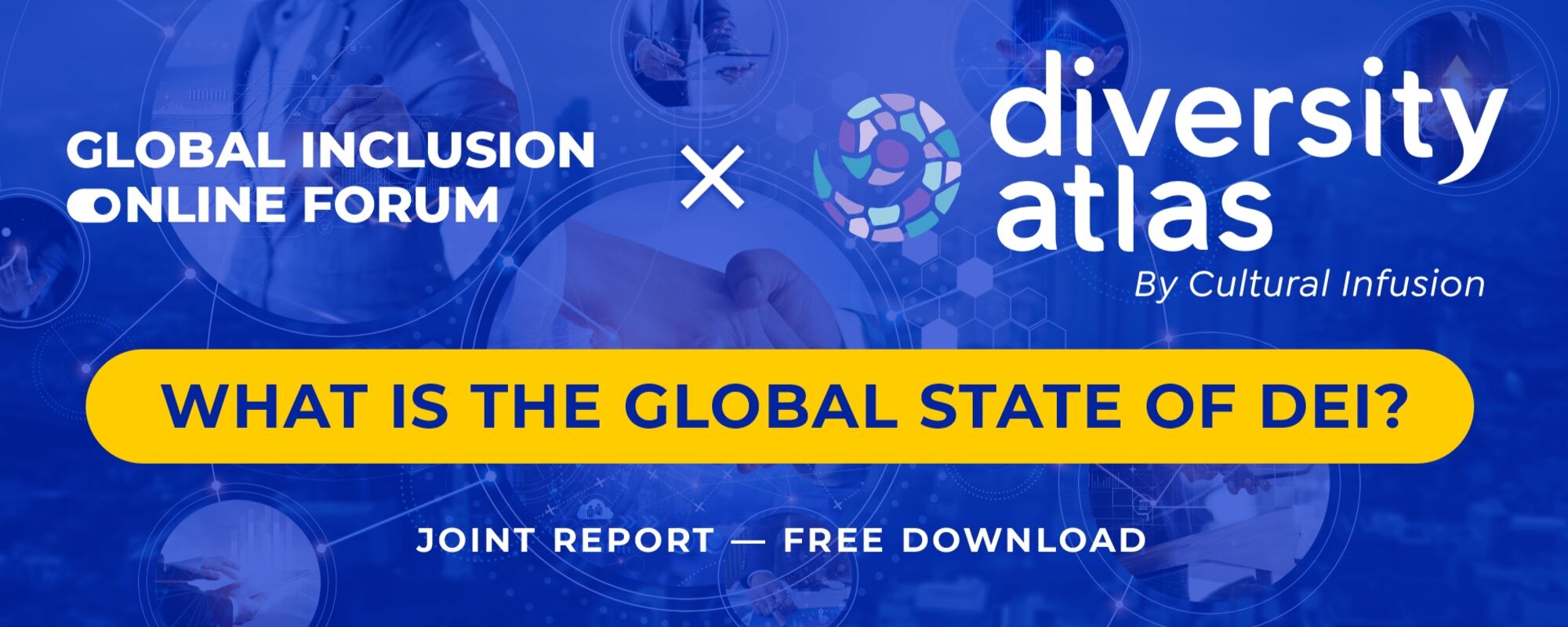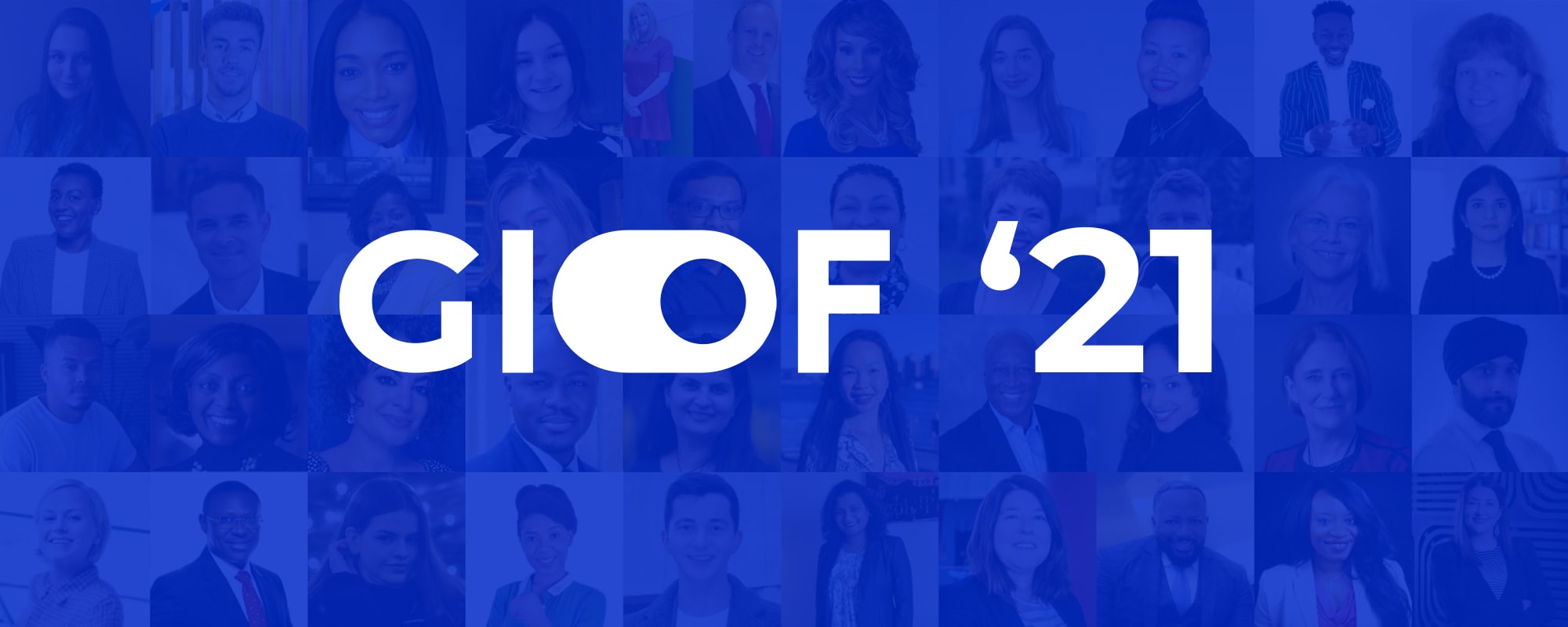WHY GLOBAL DIVERSITY GOES THE WRONG WAY: THREE MAJOR GAPS
January 24, 2023

Since 2020, the diversity movement has made a trend across the global corporate environment. After George Floyd’s death, many companies have publicly pledged to condemn racism and all possible injustices in the workplace. In this pursuit, the business environment has tremendously facilitated Diversity, Equity, and Inclusion (DEI) initiatives.
Following these pivotal events, America’s 50 largest corporations and their foundations collectively pledged at least $49.5 billion to overcoming racial equity. The funds were to be distributed to civil rights organizations, with a focus on investing in communities of color and revamping internal recruiting and training programs.
Some countries made a step further by pushing their governments to adapt legal frameworks for greater diversity in the workforce. In 2022 the EU has passed a mandatory quota for female representation across corporate boards. Companies with 250+ employees are supposed to hire at least 40 % of female staff.
Meanwhile, the mainstream approach towards implementing diversity has been facing resistance and hidden opposition from thousands of corporate executives. The hidden gaps of that approach entail dire ramifications.
Selective Approach Jeopardizes Diversity Concept
The first gap that puts diversity advocates under criticism is their selective approach. An overwhelming majority of equal representation advocates primarily emphasize race and gender equality. With that, they tend to overlook educational background, income level, age, disability, social status, pregnancy and maternity conditions, political and religious views, and one’s sexual orientation.
The selectivity approach also applies to different professions and industries. Most diversity advocates want to see more diversity in positions of power across C-level management, corporate boards and well-paid jobs, including software engineers and developers.
However, they do tend to overlook the disbalances in other areas. For example, we have not seen any of them demanding a more male workforce in HR, where, according to Namely’s HR Careers Report, 71 % percent of HR professionals are female. Nor would they advocate for male models to be paid as much as their female peers, etc.
Representation Quotas — Illegal, Though Practiced Under Wraps
The second gap of danger is race and gender quotas, used by many companies to achieve their “diversity goals”. The problem is that quotas have been ruled illegal in a number of large countries, that’s why companies, pushed by societal demands for more diversity, had to apply hidden practices in this area.
Since 2020 we have seen corporate employees increasingly complaining about diversity quotas for hiring and promotion on public discussion platforms, like Quora and Glassdoor. Though no company has publicly recognized this, the methods that they have been using to achieve those diversity goals — namely representation targets, manager bonuses for hiring diverse employees created conditions for the selection process to favor certain demographic minority groups as opposed to fair competition.
Though any quota-promoting practice is illegal by law, it is very hard to identify and prove such instances in the court mainly because all corporate assessors are aware of every candidate’s identity. Consequently, their biases and prejudices become integral to assessment procedures.
The adverse consequence is that quotas negatively affect inclusion within the organizational environment. While within such environments, slightly underqualified minority candidates have a chance to join the workplace because of their color, gender or age (rather than qualifications), they are eventually at odds with their majority counterparts.
Equal Representation vs. Equal Opportunity
While most of the above mentioned diversity advocates declare they are fighting to create equal opportunities for minorities, they aim for equal representation without realizing or recognizing the striking differences between these two terms.
Equal representation in a workplace refers to how the representation of races and genders compares to their shares in the entire workforce. While equal opportunity refers to the policy of providing equal opportunities for employment, pay, and promotion to all without discriminating against specific groups.
Why is this important to understand? Not as many women want to become engineers, truck drivers, or top managers as men. And not as many men want to become an HR, a model, or a school teacher. Every human makes natural, free choices as a result of their biological, genetic, and societal characteristics. As a result, despite what diversity advocates would like to see, equal opportunity rarely results in equal representation.
For sure, equal opportunity is freedom of choice, and freedom of choice does not mean equal representation of men and women at all levels. Regardless of social dogmas, equal opportunities allow people to realize their full potential.
To Eliminate All Gaps
As a sufficient substitution to hidden quotas, fully blind hiring practices (when an employer learns about a candidate’s identity only after having made a decision on them) will create more equal opportunities without discrimination of any majority or minority groups.
DEI proponents should assess motivation levels across diverse workforce populations and their willingness to work in particular domains and hold highest corporate posts. Innate desire, skills and abilities will designate the optimal minority representation rates within the total workforce, which, however, should not be used as targets.
Eventually, pay-for-performance models, as opposed to fixed salaries and transparent promotion policies based on them, will eliminate pay gap discussions across various demographic groups, positions and industries.
KPI-based promotional policies and blind promotion practices will equalize the opportunities for minorities to be represented at C-level positions.
The technological and methodological advances suggested above do not mean, however, that we should stop our daily efforts aimed at educating our employees about ageism, sexism, microaggressions and other manifestations of exclusive behavior, which happen on a regular basis across corporate business environment and cannot be fixed by any of the proposed steps above once and forever.
By shifting both strategic approach and daily DEI routines, we will achieve a new level of modern workplace, free of discrimination and biases, with natural diversity and thriving inclusion.
Article by Kostiantyn Gridin,
Global Inclusion Online Forum Big Ideas Officer

 Blind Hiring Summit: Embracing the New Age of HR
Blind Hiring Summit: Embracing the New Age of HR DEI Data Summit
DEI Data Summit Diversity Fatigue Summit
Diversity Fatigue Summit GIOF 2022 Annual Meeting
GIOF 2022 Annual Meeting Banking for everyone: Arising accessibility trends in banking and financial services
Banking for everyone: Arising accessibility trends in banking and financial services GIOF 2021
GIOF 2021 GIOF 2020
GIOF 2020